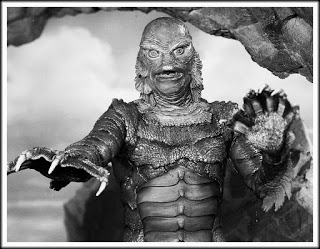Today’s Google Doodle commemorates the 388th birthday of French author Charles Perrault. He wrote (based on folk tales) some of today’s widely-read, widely-watched, and widely-merchandised classic fairly tales, including Little Red Riding Hood. Today’s versions of the tales, however, have been sanitized to make them more family-friendly (and marketable). As this article notes:
“His version of Little Red Riding Hood, for example, made it more explicitly obvious that the ‘wolf’ is a man intent on preying on young girls who wander alone in woods.
“From this story one learns that children, especially young lasses, pretty, courteous and well-bred, do very wrong to listen to strangers, And it is not an unheard thing if the Wolf is thereby provided with his dinner,” he wrote.
“I say Wolf, for all wolves are not of the same sort; there is one kind with an amenable disposition – neither noisy, nor hateful, nor angry, but tame, obliging and gentle, following the young maids in the streets, even into their homes. Alas! Who does not know that these gentle wolves are of all such creatures the most dangerous!”





